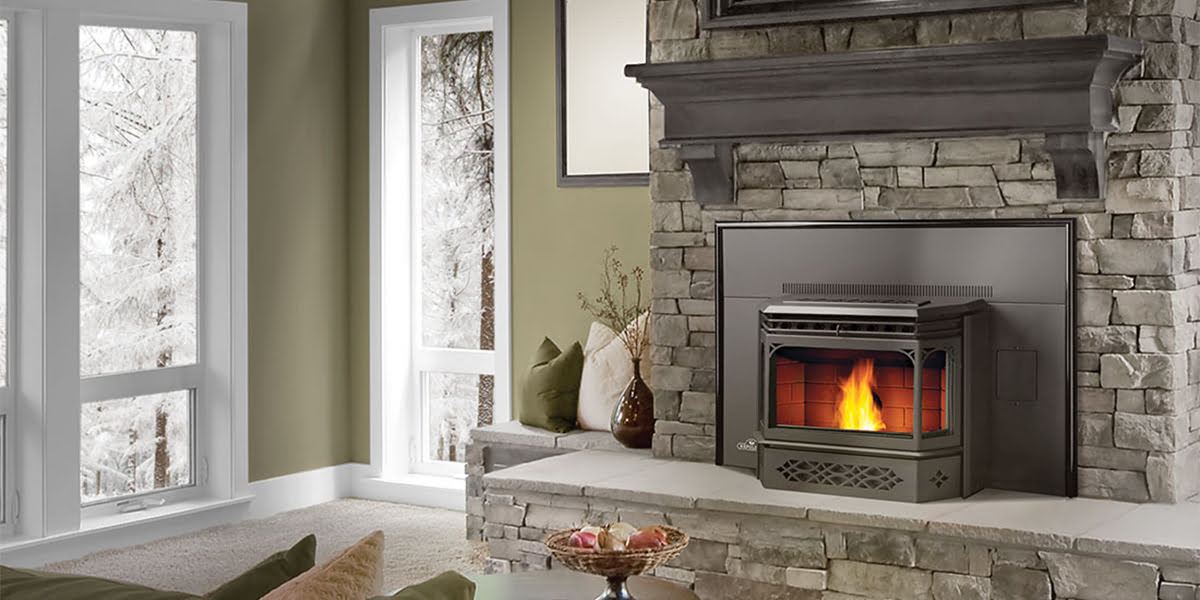

Articles
How To Use A Fireplace Insert
Modified: January 18, 2024
Learn how to properly use a fireplace insert with our informative articles. Discover tips, tricks, and expert advice to maximize warmth and efficiency in your home.
(Many of the links in this article redirect to a specific reviewed product. Your purchase of these products through affiliate links helps to generate commission for Storables.com, at no extra cost. Learn more)
Introduction
Are you tired of the hassle and inefficiency of your traditional fireplace? Do you want to upgrade to a more cost-effective and environmentally friendly heating option? If so, a fireplace insert might be the perfect solution for you. In this article, we will explore the benefits of using a fireplace insert and guide you through the process of choosing, installing, and maintaining one.
Fireplace inserts are self-contained fireboxes that can be installed into an existing masonry or prefabricated fireplace. They are designed to improve the efficiency of traditional open fireplaces by using advanced technology to burn wood, gas, or pellets more efficiently. Not only do fireplace inserts provide more effective heating, but they also reduce the amount of heat loss, minimize smoke and emissions, and enhance the overall aesthetics of your fireplace.
When choosing a fireplace insert, it is important to consider factors such as the type of fuel you prefer, the heating capacity you need, and any specific design preferences. Whether you opt for a wood-burning insert for a cozy ambiance, a gas insert for convenient operation, or a pellet insert for sustainable fuel usage, there is a wide variety of options available to suit your needs.
Before installing your fireplace insert, you will need to prepare your existing fireplace. This may involve cleaning out any debris, inspecting the chimney, and ensuring proper ventilation. It is always recommended to consult a professional to assess your fireplace and chimney condition to ensure they are suitable for insert installation.
The installation process for a fireplace insert can be complex and is best carried out by professionals. This ensures that it is done safely and that the insert is properly connected to the chimney. The installation generally involves fitting the insert into the fireplace, connecting the venting system, and making any necessary adjustments to ensure proper airflow.
Key Takeaways:
- Upgrade your traditional fireplace with a fireplace insert for efficient heating, reduced emissions, and enhanced aesthetics. Choose the right fuel, prepare your fireplace, and prioritize safety for a cozy and eco-friendly home heating experience.
- Enjoy the warmth and convenience of a fireplace insert by following proper installation, operation, and maintenance guidelines. Troubleshoot common issues and prioritize safety to create a comfortable and safe home environment.
Read more: What Is A Fireplace Insert
Choosing the Right Fireplace Insert
When it comes to choosing a fireplace insert, there are several factors to consider. The first step is to determine what type of fuel you prefer. The most common options are wood, gas, and pellets.
Wood-burning inserts offer a classic and cozy ambiance. They provide the authentic crackling sound and the smell of burning wood, making them a popular choice for those who enjoy the traditional fireplace experience. Wood inserts are also an excellent option if you have easy access to firewood and prefer the natural heat generated by burning wood.
Gas inserts, on the other hand, provide convenience and ease of use. With just a flip of a switch or the push of a button, you can have a warm and inviting fire. Gas inserts are energy-efficient and offer adjustable heat settings, making them a practical choice for homeowners who value convenience and control. They also eliminate the need for wood storage and the hassle of cleaning up ashes.
Pellet inserts are an eco-friendly option that utilizes compressed wood pellets as fuel. These inserts are highly efficient, producing a high heat output with minimal emissions. Pellet inserts often have hoppers that can hold several hours’ worth of fuel, making them convenient for extended burn times. They require access to electricity to operate the pellet feed and fan system.
Once you’ve decided on the type of fuel, you’ll need to consider the heating capacity of the insert. The heating capacity is measured in British Thermal Units (BTUs) and determines how much heat the insert can produce. It’s essential to match the insert’s heating capacity to the size of the room or area you want to heat effectively. A fireplace professional can help you determine the appropriate BTU range for your specific needs.
Lastly, consider the design and aesthetics of the fireplace insert. There are various styles and finishes available, allowing you to choose one that complements your home decor. Some inserts come with decorative glass doors or viewing windows, allowing you to enjoy the ambiance of the flames while still benefiting from the increased efficiency and heat output.
Overall, choosing the right fireplace insert involves considering your fuel preference, the heating capacity you require, and the design that suits your home. It’s always a good idea to seek guidance from a knowledgeable fireplace professional who can help you navigate the options and ensure you make the best choice for your needs and preferences.
Preparing your Fireplace for Insert Installation
Before installing a fireplace insert, it’s crucial to ensure that your existing fireplace is properly prepared. This preparation process will not only ensure a smooth installation but also contribute to the overall efficiency and safety of your fireplace insert.
The first step in preparing your fireplace is to thoroughly clean out any debris, ashes, and soot. Remove any remaining wood, coal, or gas logs, as well as any loose bricks or debris. Cleaning the fireplace will not only provide a clean surface for the insert to be installed but also prevent any potential blockages or fire hazards.
Next, it’s essential to have your chimney inspected by a professional. The chimney should be checked for any cracks, leaks, or obstructions that could impact the installation and operation of the insert. A proper inspection will also ensure that the chimney’s dimensions and condition are suitable for the insert you have selected.
Proper ventilation is vital to the safe operation of your fireplace insert. During the preparation stage, it’s important to ensure that there is sufficient airflow in the fireplace and chimney system. This may involve checking the damper and making any necessary adjustments to improve ventilation.
In some cases, it may be necessary to make modifications to the fireplace opening to properly accommodate the fireplace insert. This can include resizing the opening or adding a surround or trim to achieve a snug fit. It’s recommended to consult a professional to determine if any modifications are necessary and to ensure they are done correctly.
Additionally, consider the surrounding walls and flooring around the fireplace. If you have carpeting near the fireplace opening, it may need to be removed or replaced with a non-combustible material to comply with safety regulations. It’s important to maintain clearances and follow the manufacturer’s guidelines to prevent any risk of fire.
Lastly, ensure that the area around the fireplace is free from flammable materials such as curtains, furniture, or decorations. Clearing the area will help prevent any accidental fires and ensure the safe operation of the insert.
By properly preparing your fireplace for insert installation, you can enhance the safety, efficiency, and overall performance of your fireplace insert. Taking the time to clean, inspect, and make any necessary modifications will contribute to a successful installation and provide you with a comfortable and enjoyable heating experience for years to come.
Insert Installation Process Step by Step
Installing a fireplace insert can be a complex process that is best done by professionals. However, understanding the step-by-step installation process can give you a better understanding of what to expect. Here is a general overview of the insert installation process:
- Prepare the fireplace: Before inserting the insert, clean out any debris and ensure that the fireplace is in good condition. Check for cracks, leaks, and obstructions in the chimney.
- Measure and choose the right insert: Measure the dimensions of your fireplace opening to ensure a proper fit. Select an insert that matches the measurements and heating capacity required for your space.
- Prepare the hearth and surround: If necessary, remove any existing hearth and surround materials. Make sure the area around the fireplace is clear of furniture, drapes, or any flammable objects.
- Position the insert: Carefully position the insert into the fireplace opening, making sure it is level and aligned properly. Use shims or leveling feet to achieve a secure and stable fit.
- Attach the venting system: Connect the vent pipe or chimney liner to the insert, following the manufacturer’s instructions. Ensure that the venting system is properly sealed to prevent any leaks or air gaps.
- Seal gaps around the insert: Use high-temperature sealant or fireplace cement to fill any gaps between the insert and the fireplace opening. This will improve efficiency and prevent any air leakage.
- Secure the insert: Use brackets or screws to securely fasten the insert to the fireplace opening. Follow the manufacturer’s guidelines for proper installation and stability.
- Connect to gas or electrical supply (if applicable): If you have a gas or electric insert, connect it to the appropriate gas line or electrical supply as per the manufacturer’s instructions. It’s recommended to hire a licensed professional for gas line installation.
- Test the insert: Once the installation is complete, test the insert to ensure it operates correctly. Check for proper airflow, ignition, and heat distribution. Make any necessary adjustments as needed.
- Install any required accessories: Depending on the type of insert you have chosen, you may need to install additional accessories such as glass doors, trim, or decorative elements. Follow the manufacturer’s instructions to install these accessories properly.
It’s important to note that these steps are a general guideline and may vary depending on the specific type and model of the fireplace insert. It’s always recommended to consult the manufacturer’s instructions and, if necessary, hire a professional for the installation to ensure safety and optimal performance.
Connecting the Insert to the Chimney
Once the fireplace insert is properly positioned and secured, the next step is to connect it to the chimney. This step is crucial for the safe and efficient operation of the insert. Here’s a step-by-step guide on how to connect the insert to the chimney:
- Inspect the chimney: Before connecting the insert, conduct a thorough inspection of the chimney to ensure it is clean, structurally sound, and free from any blockages or obstructions. It’s recommended to hire a professional chimney sweep to clean and inspect the chimney if necessary.
- Choose the appropriate venting system: Select the appropriate venting system based on the type and model of the insert you have chosen. The venting options may include a flue liner, flexible vent pipe, or rigid vent pipe. Refer to the manufacturer’s instructions for the recommended venting system.
- Install the vent pipe or flue liner: Start by installing the vent pipe or flue liner into the chimney. The specific installation process may vary depending on the type of venting system you have chosen. Ensure that the vent pipe or liner is properly connected and sealed to prevent any leaks or smoke backdraft.
- Connect the venting system to the insert: Once the vent pipe or flue liner is in place, connect it to the insert. Follow the manufacturer’s instructions for the specific connection method. Ensure that the connection is secure and that any gaskets or seals provided by the manufacturer are properly installed.
- Seal any gaps: Use high-temperature sealant or fireplace cement to seal any gaps between the venting system and the insert. This will prevent any air leakage, which can impact the efficiency and safety of the insert.
- Insulate the chimney: If necessary, insulate the chimney to improve the efficiency of the insert. Insulation can help maintain proper draft and prevent heat loss through the chimney. Consult a professional to determine if insulation is required and the appropriate insulation materials to use.
- Check for proper airflow and draft: Once the connection is complete, check for proper airflow and draft. Ensure that the chimney is drawing exhaust gases upward and that there is no backdraft. Adjust the damper or make any necessary adjustments to improve airflow if needed.
It’s important to note that the specific steps for connecting the insert to the chimney may vary depending on the type and model of the insert and the condition of your chimney. It’s always recommended to consult the manufacturer’s instructions and, if necessary, seek the assistance of a professional fireplace installer or chimney expert to ensure a proper and safe connection.
Read more: How To Seal A Fireplace Insert
Operating and Maintaining your Fireplace Insert
Once your fireplace insert is properly installed, it’s important to understand how to operate and maintain it to ensure optimal performance and longevity. Here are some essential guidelines for operating and maintaining your fireplace insert:
Operating the Fireplace Insert:
- Follow the manufacturer’s instructions: Read and understand the manufacturer’s operating instructions before using your fireplace insert. Familiarize yourself with the control settings, lighting procedures (if applicable), and any safety precautions.
- Use the appropriate fuel: Choose the appropriate type of fuel for your insert, whether it’s wood, gas, or pellets. Follow the manufacturer’s recommendations for the correct fuel type and ensure that it is properly seasoned, stored, or connected according to the instructions.
- Start with small fires: When using a wood-burning insert, start with small fires and gradually increase the size as the insert heats up. This helps to avoid overloading the insert and ensures a proper and efficient burn.
- Control the airflow: Learn how to control the airflow in your insert to regulate the heat output. Some inserts have adjustable dampers or air vents that allow you to adjust the air intake and flame intensity. Experiment with different settings to find the right balance for your heating needs.
- Monitor carbon monoxide levels: Install a carbon monoxide detector near your fireplace insert to ensure the safe operation of the unit. Check the batteries regularly and replace them as needed. If you notice any signs of carbon monoxide, such as headaches, dizziness, or nausea, immediately open windows, turn off the insert, and seek fresh air.
Maintaining the Fireplace Insert:
- Clean the insert regularly: Regularly clean the insert to remove any ashes, soot, or debris. Use a brush or vacuum specifically designed for fireplace cleaning to avoid damaging the insert. Follow the manufacturer’s instructions on how to clean the specific type of insert you have.
- Inspect and maintain the chimney: Schedule regular inspections and cleaning of the chimney to ensure proper ventilation and prevent blockages or buildup. Hire a professional chimney sweep to clean the chimney and check for any signs of damage or corrosion.
- Check gaskets and seals: Inspect the gaskets and seals around the door, glass panel, and venting system for any signs of wear or damage. Replace any faulty or worn-out gaskets to maintain proper airtightness and prevent heat loss or leaks.
- Monitor and maintain proper clearances: Make sure to maintain the recommended clearances between the insert and surrounding combustible materials. Keep furniture, rugs, and other flammable items a safe distance away from the insert to prevent the risk of fire.
- Have regular professional maintenance: Schedule annual maintenance visits from a professional to ensure that your fireplace insert is in optimal condition. They can check for any potential issues, clean and inspect the unit, and make any necessary repairs or adjustments.
Following these operating and maintenance guidelines will help ensure the efficient and safe operation of your fireplace insert. Remember to always prioritize safety and consult the manufacturer’s instructions for any specific guidelines related to your particular model of fireplace insert.
When using a fireplace insert, make sure to clean the chimney and inspect the flue regularly to prevent buildup and ensure proper ventilation.
Safety Considerations for Fireplace Insert Usage
Safety should be a top priority when operating a fireplace insert. By following proper safety guidelines, you can enjoy the warmth and ambiance of your insert while minimizing the risk of accidents or injuries. Here are some important safety considerations to keep in mind:
- Proper installation: Ensure that your fireplace insert is installed by a professional or in accordance with the manufacturer’s guidelines. An improper installation can lead to venting issues, fires, or carbon monoxide leakage.
- Clearances: Maintain proper clearances between the fireplace insert and any combustible materials such as furniture, rugs, or curtains. This helps prevent the risk of fire and allows for proper airflow around the insert.
- Use suitable fuel: Follow the manufacturer’s recommendations for the appropriate type of fuel to use in your insert. Using the wrong fuel can lead to compromised performance or safety hazards.
- Regular maintenance: Schedule regular maintenance checks by a professional to ensure that your fireplace insert is in good working condition. This includes cleaning, inspecting the chimney, and checking the vents and seals for any signs of wear or damage.
- Carbon monoxide detection: Install a carbon monoxide detector near your fireplace insert and regularly check and replace its batteries. Carbon monoxide is a colorless and odorless gas that can be harmful or even fatal if not detected.
- Keep flammable materials away: Keep flammable materials such as paper, fabrics, and chemicals a safe distance away from the insert. Ensure that no flammable items come into contact with the hot surfaces of the insert or its surroundings.
- Supervise children and pets: Keep a close eye on children and pets when the fireplace insert is in use. Teach them about the dangers of touching the hot surfaces or getting too close to the flames.
- Use caution with glass fronts: If your insert has a glass front, be cautious as the glass can become extremely hot during operation. Use protective barriers or screens to prevent accidental contact.
- Extinguish fires properly: Before leaving the house or going to bed, make sure to fully extinguish the fire in your insert. Allow the ashes to cool completely before disposing of them in a metal container.
- Educate your household: Teach everyone in your household about proper fireplace insert usage and safety measures. Make sure everyone understands the potential hazards and knows how to respond in case of an emergency.
Following these safety considerations will help ensure that your fireplace insert provides warmth and comfort without compromising the well-being of your household. Remember, when it comes to fireplace safety, it’s better to be cautious and informed.
Read more: How To Paint Fireplace Insert
Troubleshooting Common Issues with Fireplace Inserts
While fireplace inserts are generally reliable and efficient, occasional issues may arise that require troubleshooting. Understanding common problems and their potential solutions can help you resolve issues quickly and avoid unnecessary frustrations. Here are some troubleshooting tips for common issues with fireplace inserts:
- Difficulty with ignition: If you’re having trouble igniting your insert, ensure that you’re following the manufacturer’s instructions for lighting the specific type of insert you have. Check the fuel supply (wood, gas, pellets) to ensure it’s adequately available and properly connected. Double-check that the ignition system is operational, and if needed, refer to the manual for troubleshooting tips.
- Poor flame or heat output: If you’re not getting sufficient flame or heat from your insert, one possible cause could be insufficient airflow. Check the venting system and air intake to ensure they are not obstructed or blocked. Clean the vents and flue, as a buildup of debris or creosote can hinder proper airflow. Additionally, check that you’re using the correct fuel type and quantity for optimal performance.
- Excessive smoke or odors: If you notice excessive smoke or unpleasant odors coming from your fireplace insert, there could be several causes. Ensure that the flue is properly open and not blocked. Check for any gaps or leaks in the seals around the insert and repair them if necessary. Excessive smoke can also be caused by using unseasoned or wet firewood. Ensure that the wood used is properly dried and seasoned before burning.
- Excessive creosote buildup: Over time, creosote can accumulate in the chimney and venting system, which can pose a fire hazard. Regular chimney cleaning and maintenance can help prevent excessive creosote buildup. If you encounter heavy creosote deposits, consider using wood with a lower moisture content or using a chimney cleaning product as recommended by the manufacturer.
- Noisy operation: Unusual noises coming from your insert, such as rattling, popping, or hissing sounds, can indicate various issues. Check for loose or damaged components and tighten or replace them as needed. Expansion and contraction of metal parts during operation can cause popping sounds, which should not be concerning unless accompanied by abnormal behavior or performance.
- Intermittent pilot ignition issues (gas inserts): If you have a gas insert with an intermittent pilot ignition system and it’s failing to ignite consistently, check for a reliable gas supply and make sure the igniter and flame sensor are clean. Consult the manufacturer’s instructions for specific troubleshooting steps or contact a professional technician.
- Malfunctioning fan (if applicable): If the fan in your insert stops working or is not functioning properly, ensure that it is receiving power and that the fan motor and blades are clean and free from debris. If the issue persists, contact a professional technician to inspect and repair the fan system.
If you’re experiencing persistent issues with your fireplace insert or are unsure of how to troubleshoot a specific problem, it’s always best to consult the manufacturer’s instructions or reach out to a qualified professional technician. They can provide expert guidance and assistance to resolve the issue and ensure the safe and reliable operation of your fireplace insert.
Conclusion
A fireplace insert can transform your traditional fireplace into a more efficient, environmentally friendly, and visually appealing heating solution. With the ability to burn wood, gas, or pellets, fireplace inserts offer versatility and convenience for homeowners seeking warmth and ambiance. By following the steps outlined in this article, you can confidently choose, install, and maintain a fireplace insert that meets your heating needs and enhances the aesthetic appeal of your home.
When choosing a fireplace insert, consider the type of fuel you prefer – whether it’s the cozy ambiance of wood, the convenience of gas, or the eco-friendliness of pellets. Take into account the heating capacity required for your space and select a design that complements your home decor. Consulting a professional can help ensure you choose the right insert for optimal performance.
Preparing your fireplace for insert installation is a crucial step that involves cleaning out debris, inspecting the chimney, and ensuring proper ventilation. Professional installation is recommended to ensure a safe and secure fit, proper connection to the chimney, and compliance with safety regulations.
Operating and maintaining your fireplace insert requires following the manufacturer’s instructions, using the recommended fuel, and conducting regular cleaning and inspections. Prioritize safety by maintaining clearances, installing carbon monoxide detectors, and supervising children and pets around the insert.
In the event of common issues, troubleshooting techniques such as ensuring proper ignition, checking for airflow, addressing excessive smoke or odors, and dealing with noise or fan malfunctions can help resolve problems. However, it’s essential to consult the manufacturer’s instructions and seek professional assistance if needed.
By following these guidelines and being mindful of safety considerations, you can enjoy the warmth, comfort, and charm of your fireplace insert while keeping your home and loved ones safe. Stay informed, perform regular maintenance, and always prioritize safety to make the most of your fireplace insert experience.
Frequently Asked Questions about How To Use A Fireplace Insert
Was this page helpful?
At Storables.com, we guarantee accurate and reliable information. Our content, validated by Expert Board Contributors, is crafted following stringent Editorial Policies. We're committed to providing you with well-researched, expert-backed insights for all your informational needs.
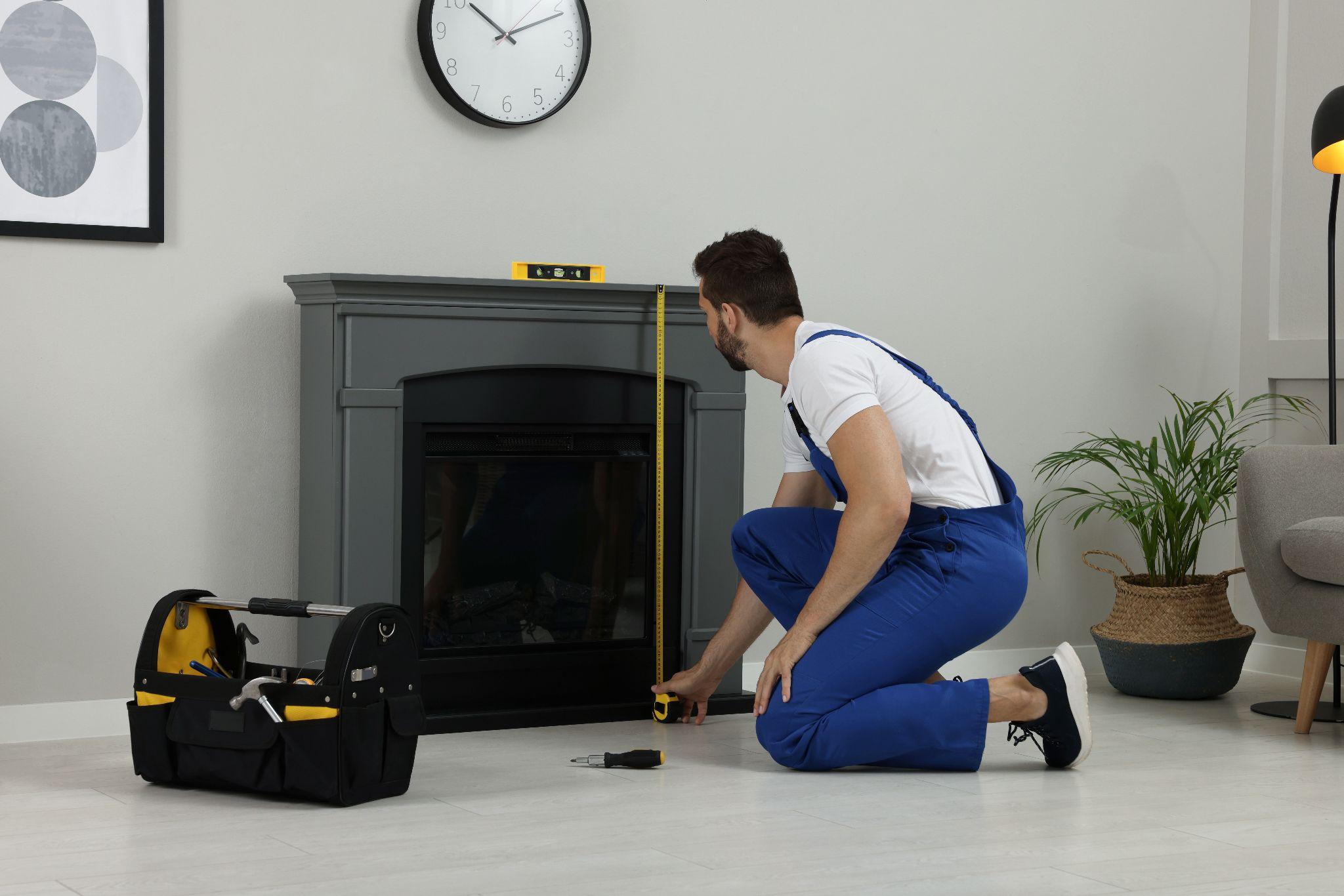
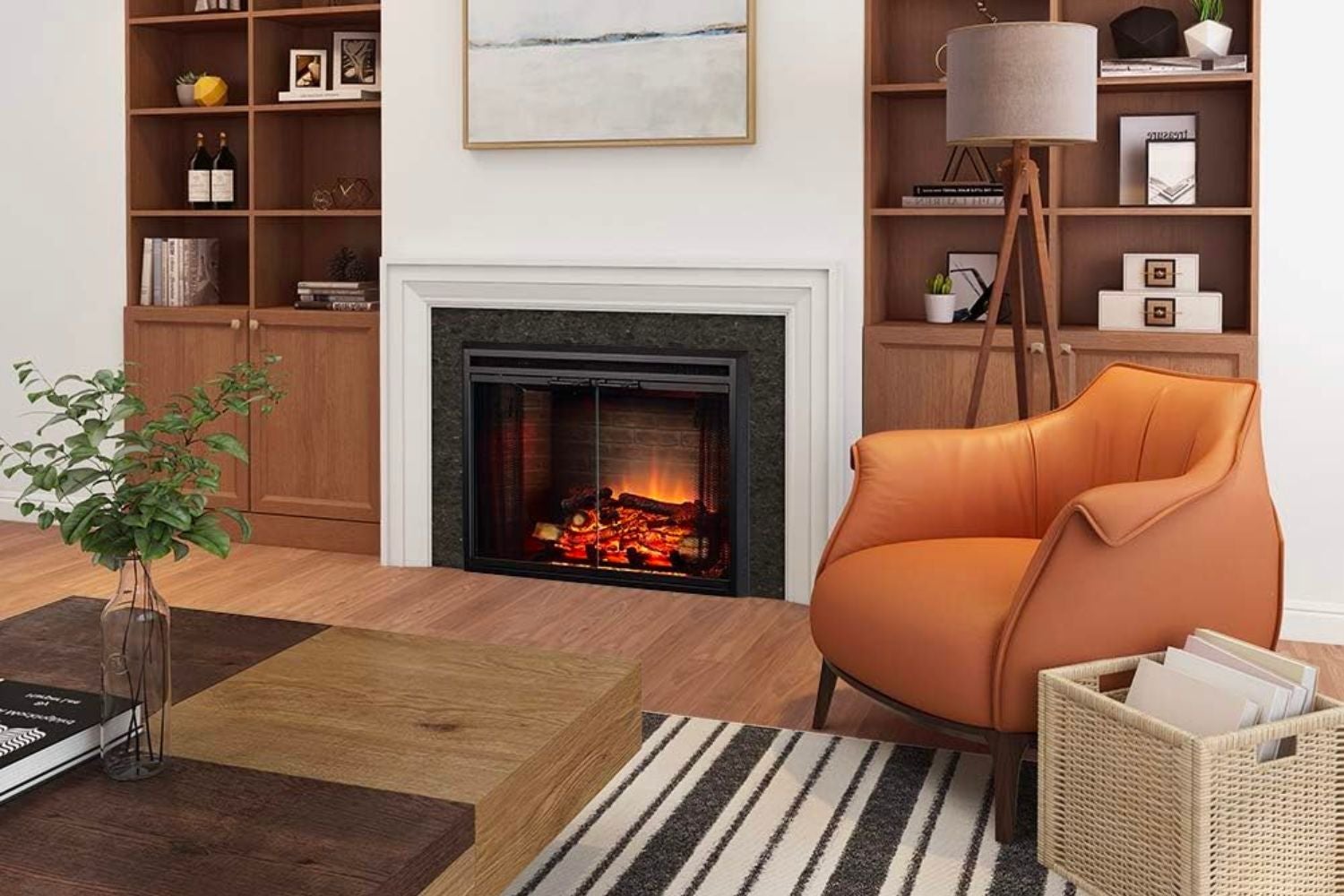
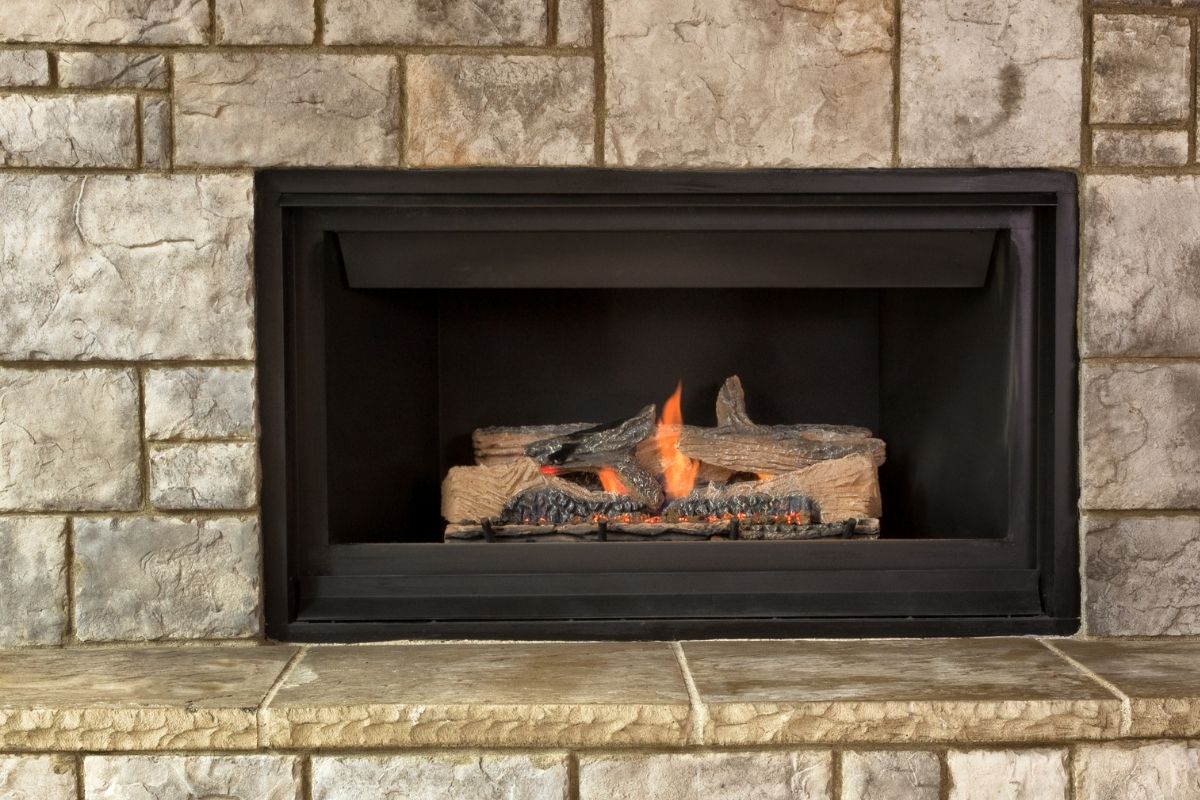
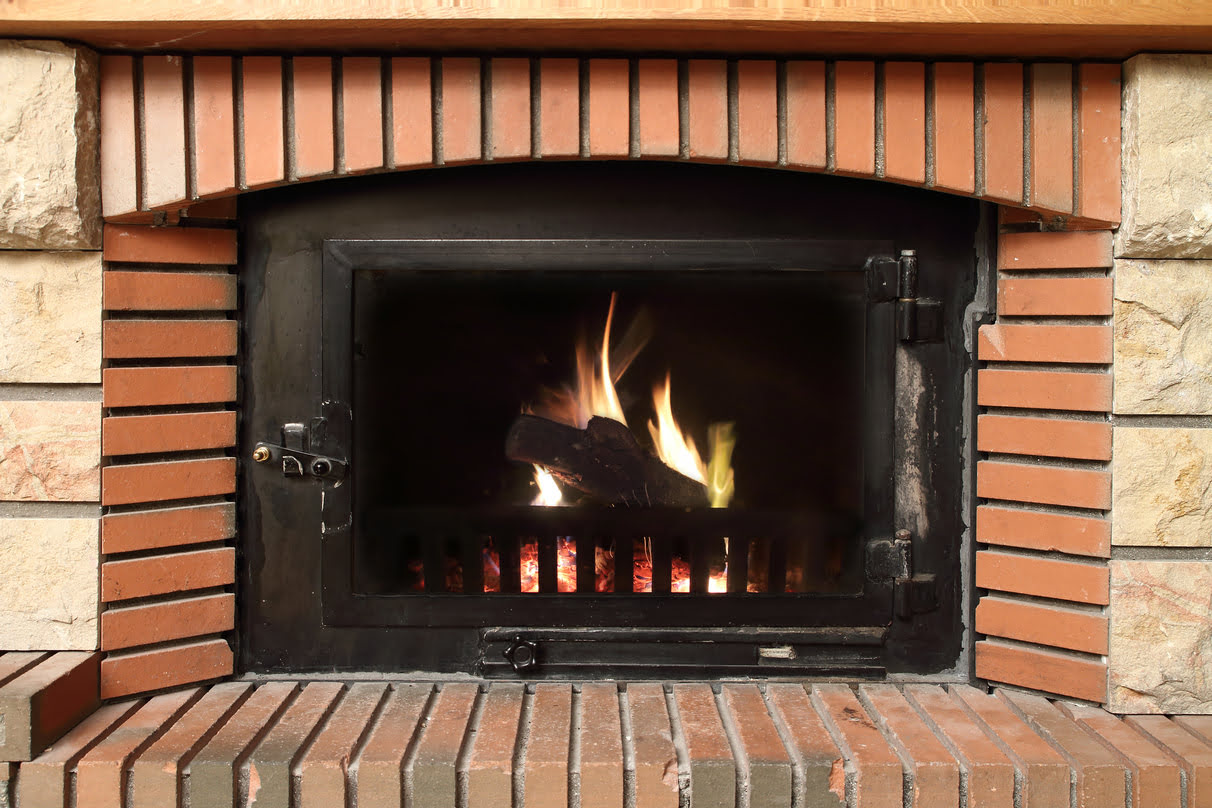
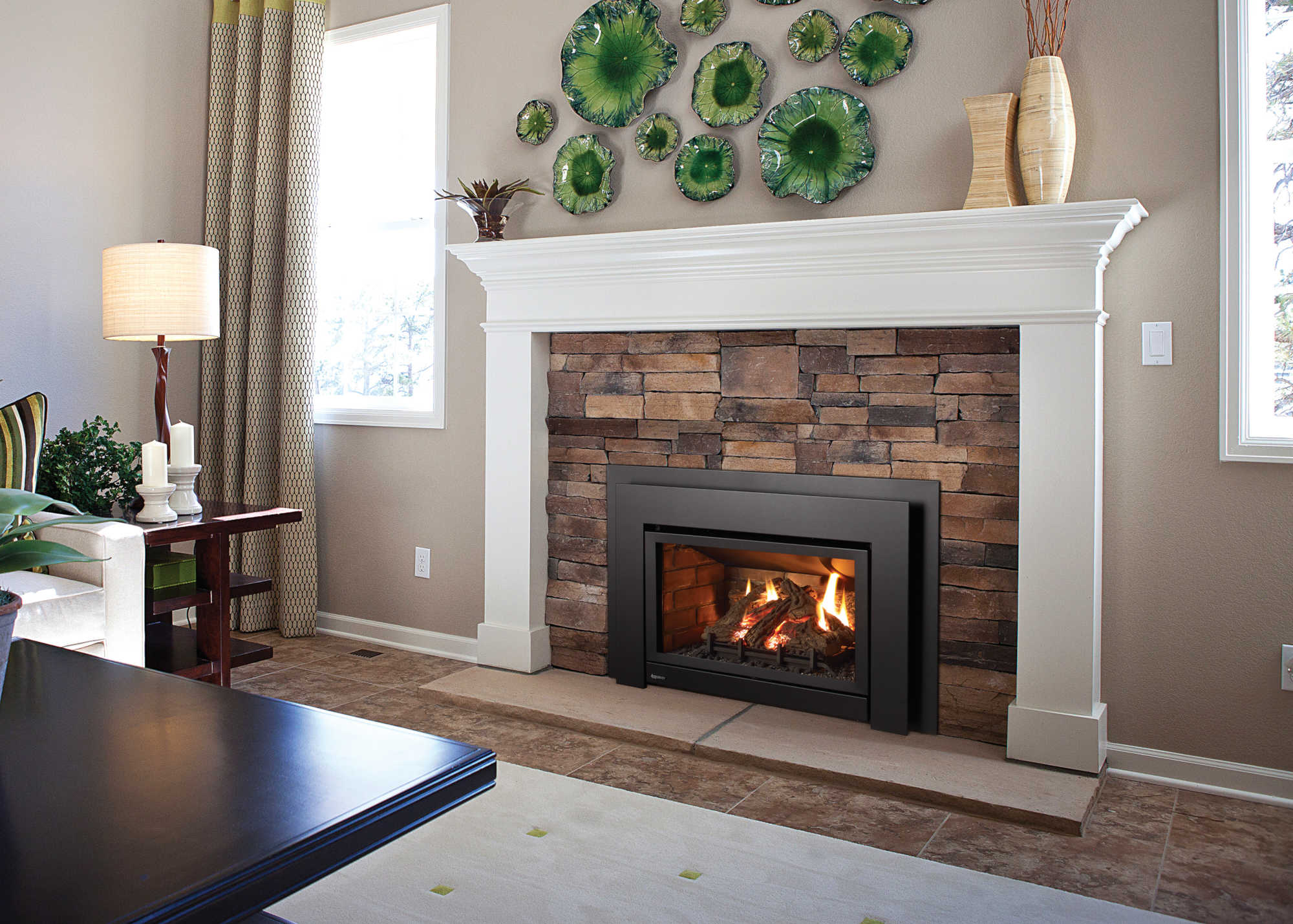
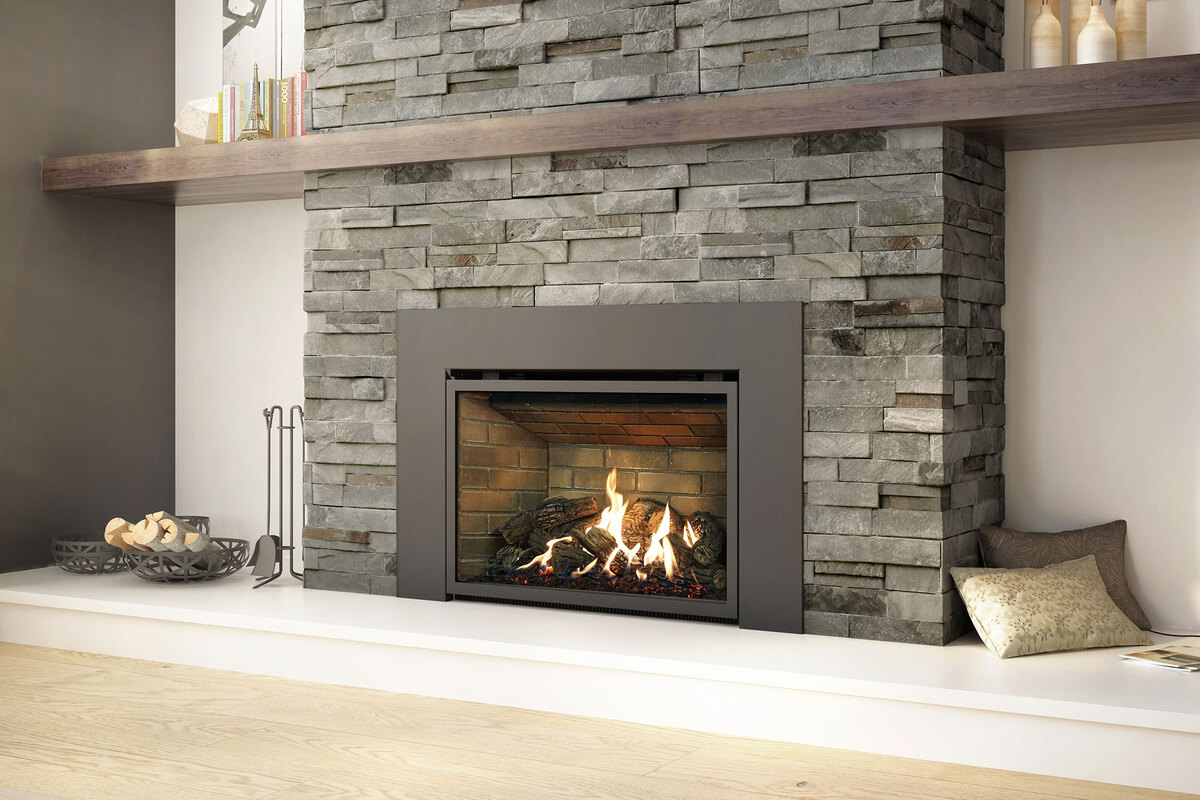
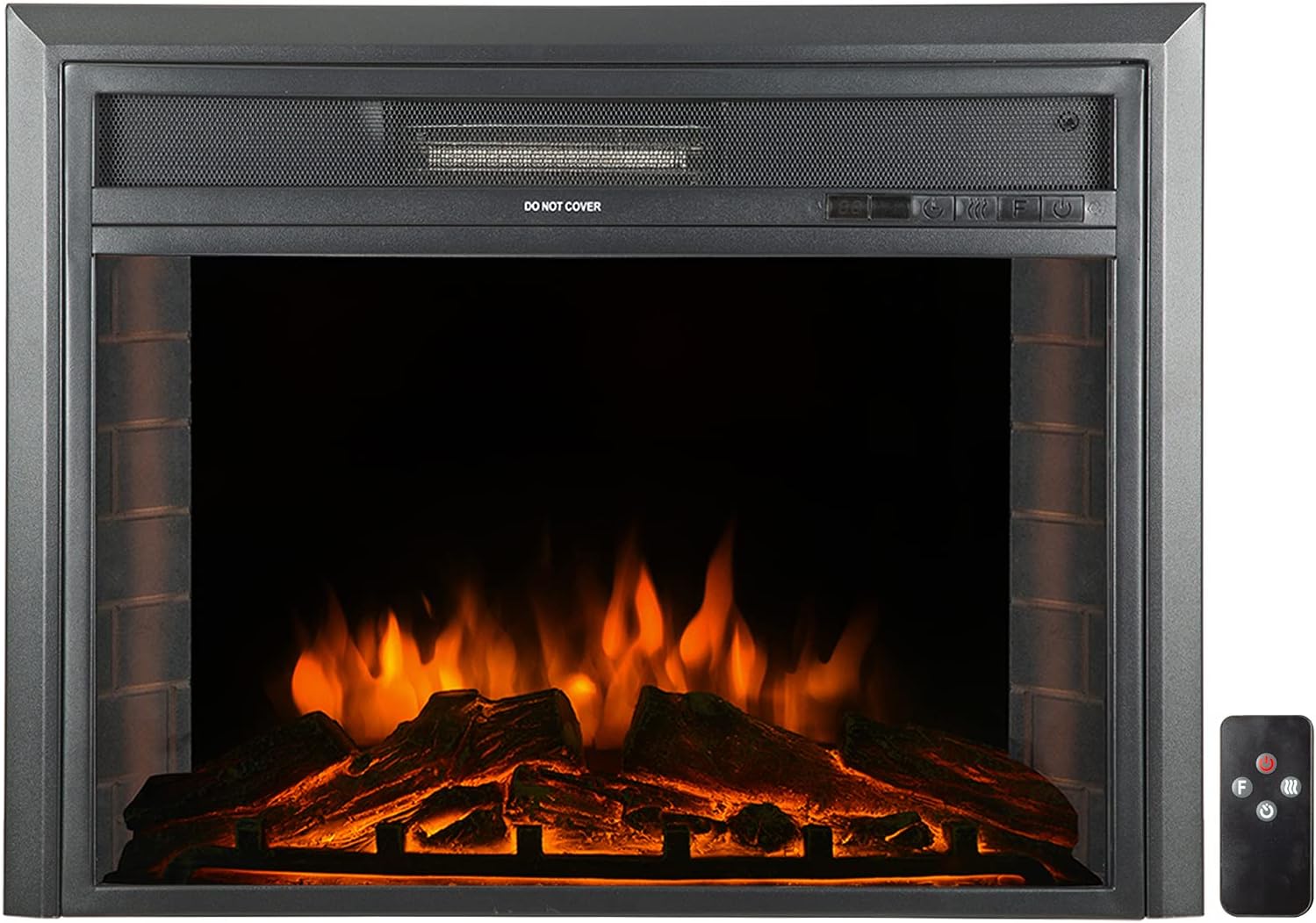
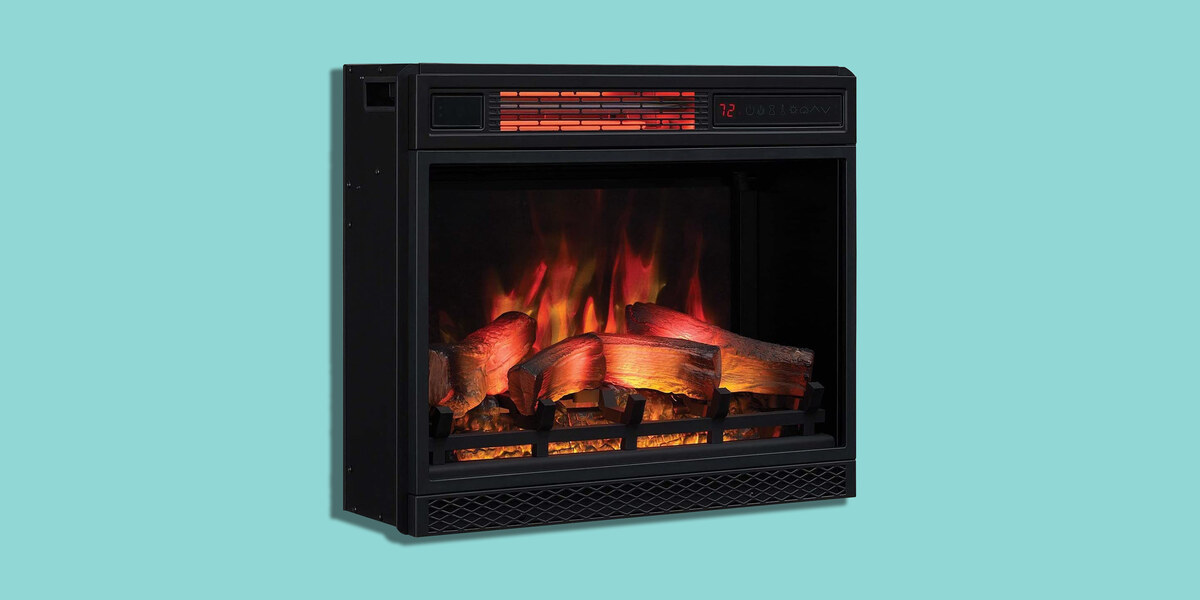
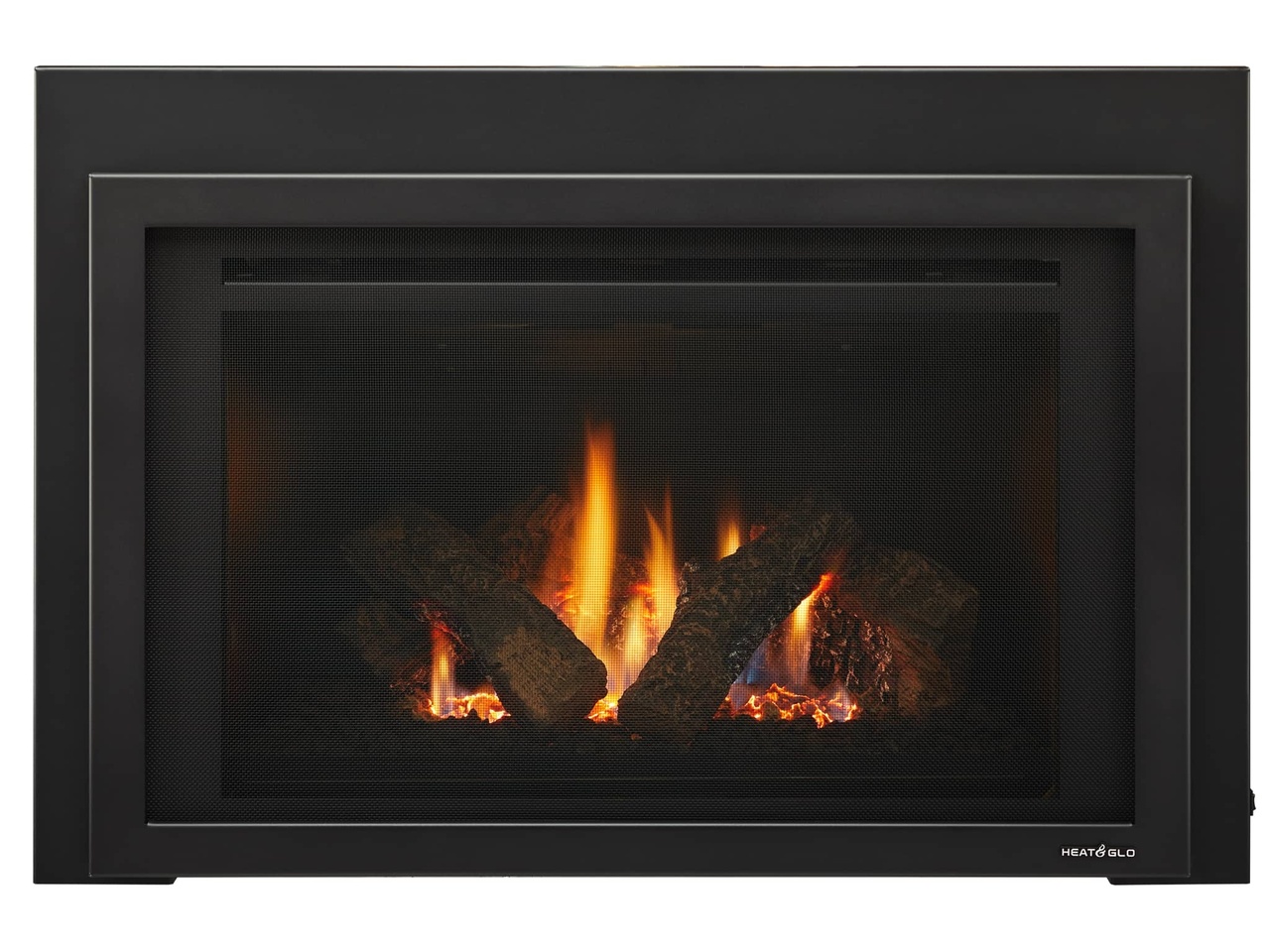
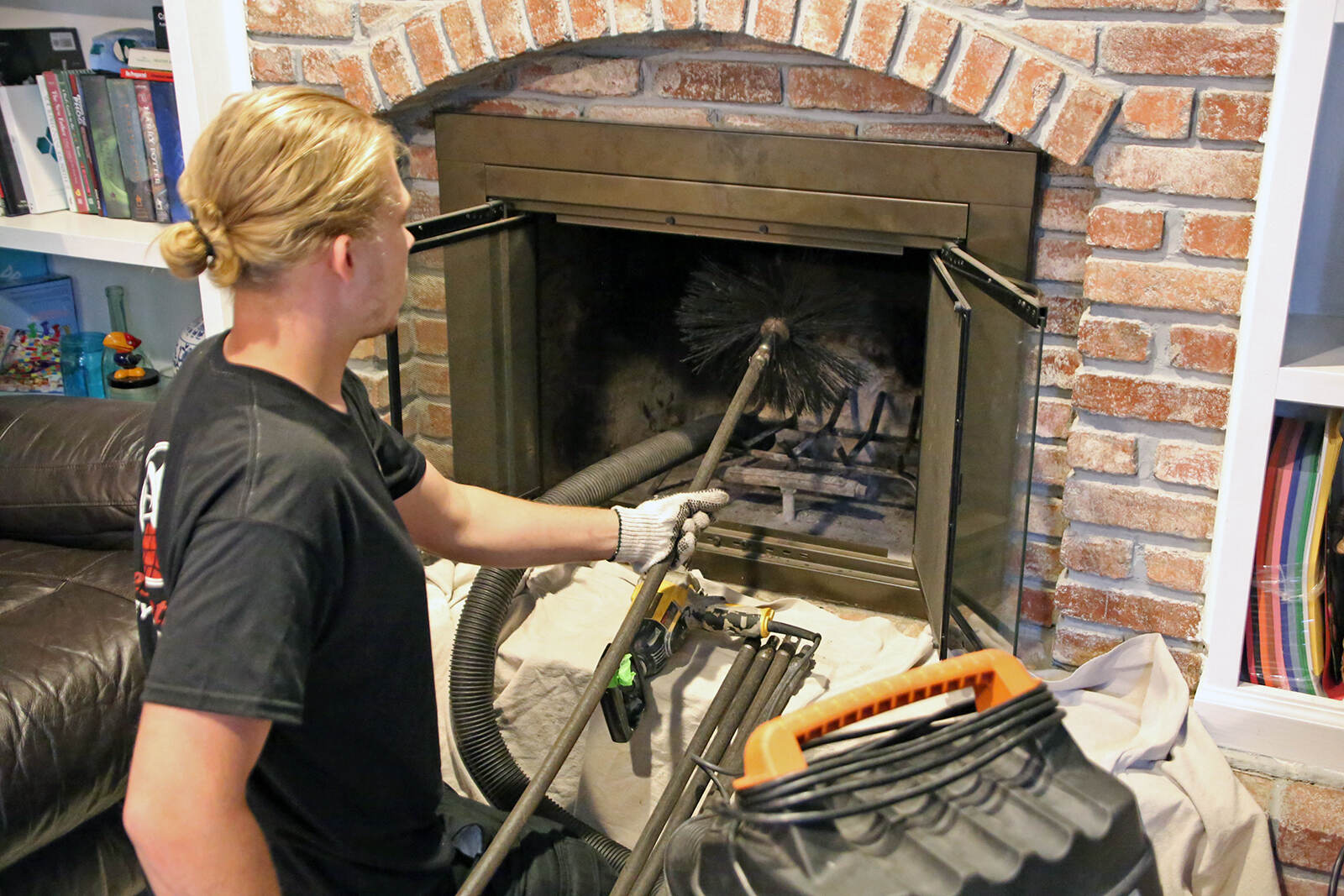
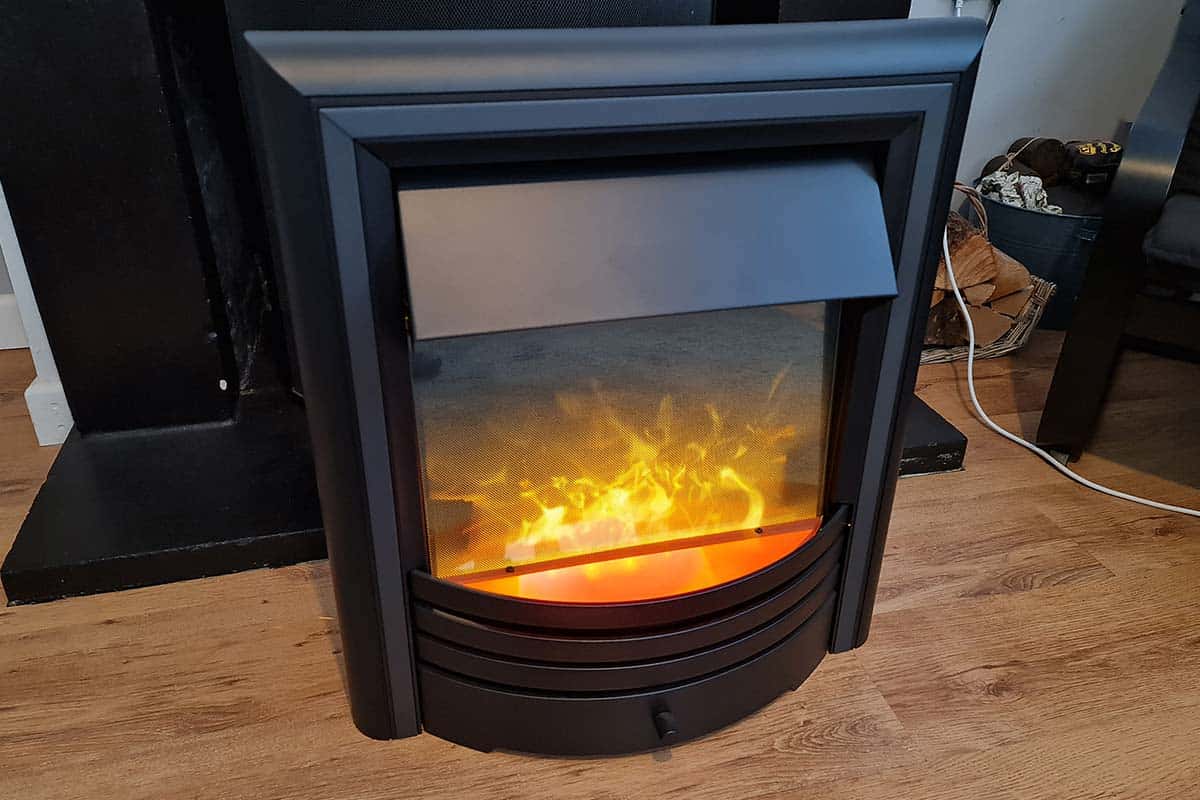
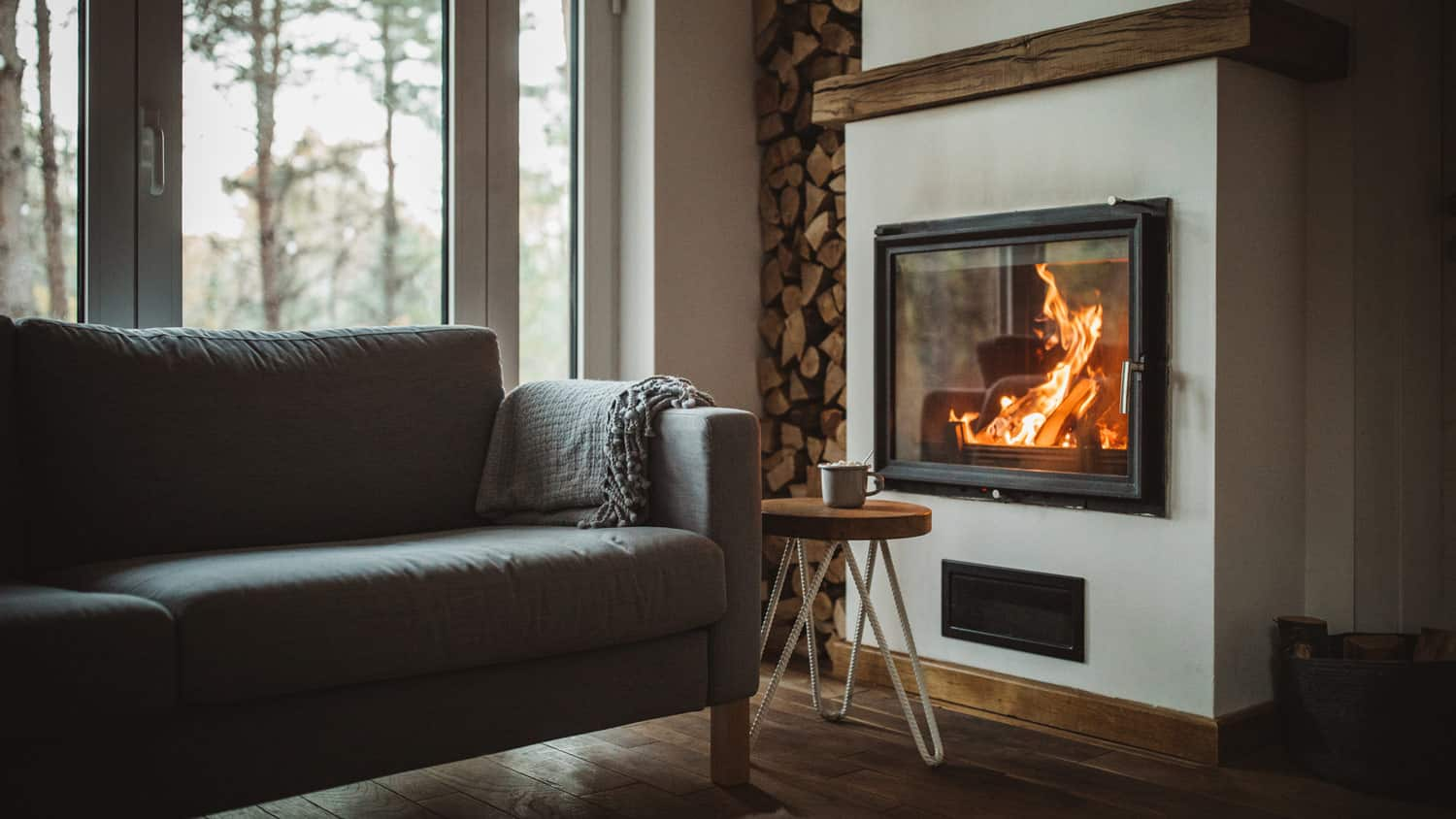
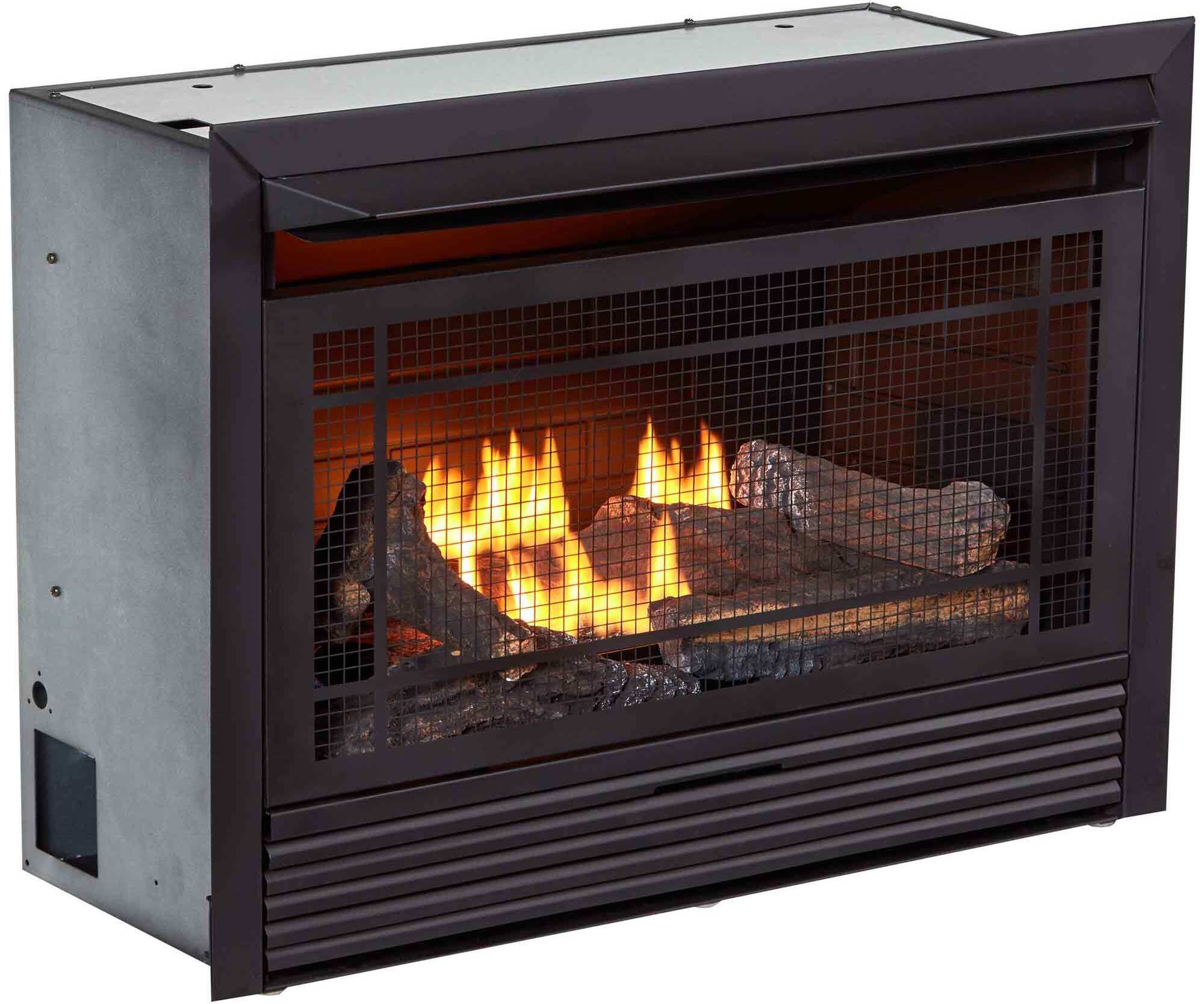

0 thoughts on “How To Use A Fireplace Insert”